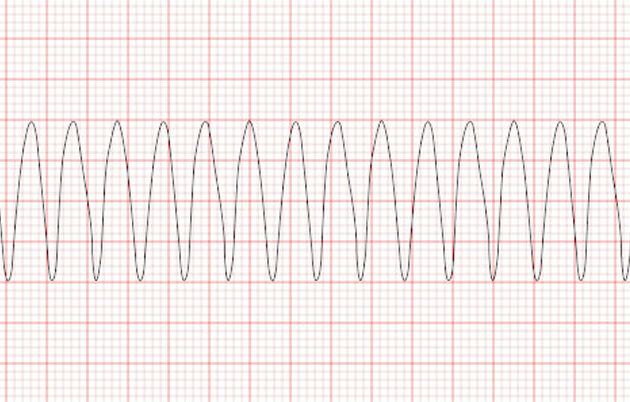Researchers retrospectively analyzed healthcare utilization cost data from 2015 to 2020 from the Wisconsin Department of Health Services.
The research team used the Wisconsin cost data to calculate national costs. Using the national population estimate of American Indian/Alaska Native adults ages 65 or older and prevalence rates of Alzheimer’s disease and related dementias in this population, researchers estimated that dementia diagnoses among Indigenous people costs about $880 million to $1.9 billion annually in additional health care-related costs across the U.S.
When the researchers also included diagnoses of malnutrition or adult failure to thrive, which are two conditions that are frequently caused by Alzheimer’s disease and related dementias (ADRD) and which can indicate a misdiagnosis, they estimated annual costs of an additional roughly $1.2 billion to $2.5 billion.
“Taken together, this work exemplifies the potential benefits of offering programs to prevent, accurately diagnose and treat Alzheimer’s and related dementias among Indigenous adults,” said Adrienne Johnson, assistant professor of medicine, UW School of Medicine and Public Health, and lead author of the study.
Johnson, who has a doctorate in clinical psychology, conducts research on the connection between commercial tobacco use and dementia, with a strong emphasis on health equity.
Importantly, researchers suggest that the costs reported here underrepresent the total health care costs from Indigenous people, given that the population estimate used to calculate national costs was for adults 65 and older, but adults younger than this age can develop dementia and the study included adults ages 40 and older.
Along with the undercounting of American Indian/Alaska Native people in the 2020 census and underdiagnosis of the diseases in American Indian/Alaska Native individuals, this suggests that the economic impact is likely to exceed the figures listed in the study.
“Programs to prevent, diagnose and treat Alzheimer’s disease and related dementias should be created with the input and collaboration of tribal leaders, who already recognize that the need for dementia-related prevention and care services is growing for many tribal communities,” said Carey Gleason, associate professor of medicine and senior author of the study.
Gleason directs the Wisconsin Alzheimer’s Disease Research Center’s Inclusion of Under-represented Groups Core and leads research focused on improving the diagnosis and treatment of Alzheimer’s disease and dementia for American Indians and African Americans.
The study has been published in the Journal of Alzheimer’s Disease and is available online.

